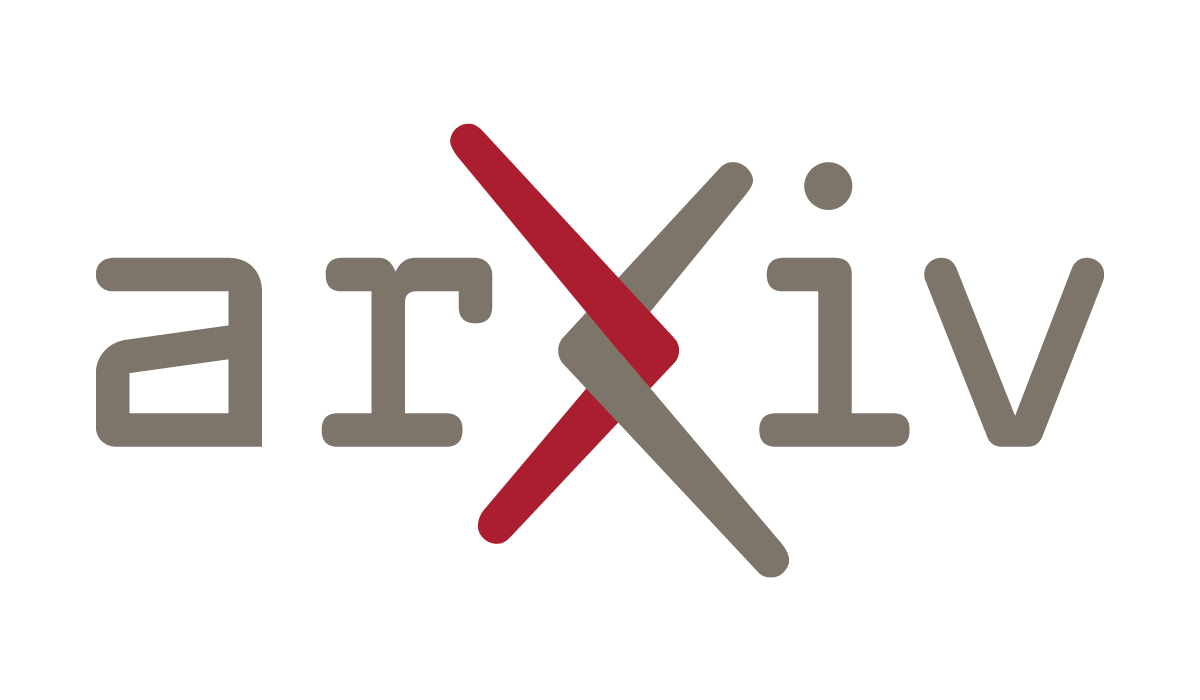MALF: A Multi-Agent LLM Framework for Intelligent Fuzzing of Industrial Control Protocols
arXiv:2510.02694v1 Announce Type: new Abstract: Industrial control systems (ICS) are vital to modern infrastructure but increasingly vulnerable to cybersecurity threats, particularly through weaknesses in their communication protocols. This paper presents MALF (Multi-Agent LLM Fuzzing Framework), an advanced fuzzing solution that integrates large language models (LLMs) with multi-agent coordination to identify vulnerabilities in industrial control protocols (ICPs). By leveraging...

